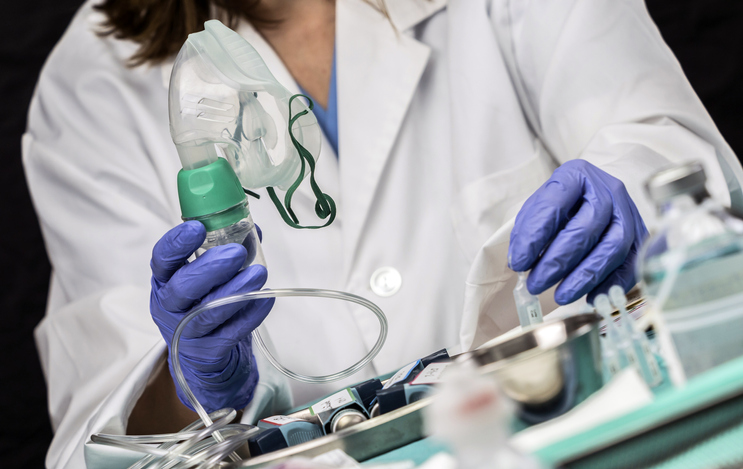
The COVID-19 pandemic has in many ways, taken the world by surprise. This is a pandemic on a scale not seen since the Spanish Flu of 1918.
The virus is yet to peak in the UK, and cases are still rising rapidly. Here is what the NHS has done and will be doing, to adapt to the COVID-19 pandemic.
Increasing capacity
NHS England has told hospitals to cancel all non-urgent operations for at least 3 months beginning on the 15th April.
The government is also buying up beds from the private sector. There is a push to discharge any patients who do not need to be in a hospital.
All of these measures combined are hoped to free up 30,000 out of the 100,000 hospital beds in England. This includes 15,000 acute care beds, which are likely to be needed for coronavirus patients with more severe infection. Increasing the number of beds is key for being able to cope with a big influx of patients.
Increasing workforce numbers
In order to care for more patients, more staff are needed. There are already staff shortages in the NHS which have been exacerbated by the COVID-19 pandemic.
The government called for retired doctors and nurses to come back to support the NHS. 2,600 retired doctors and over 6,000 retired nurses are returning to the NHS in its time of need. Additionally, more than 5,500 final year medical students and 18,700 student nurses will also join the workforce.
This will help to mitigate the effects of large numbers of staff being off sick. More doctors are being trained to use ventilators and some doctors are being asked to relocate from their usual department to helping treat COVID-19 patients.
Getting more equipment
At the start of March, there were over 4,000 ventilators in the UK. About 8 out of 10 were in use. Now there are just over 8,000, but the government has estimated that 30,000 people may need ventilation at one time at the peak of the virus.
The government has signed a contract with Dyson for 10,000 ventilators. However these need to be rigorously tested before being purchased and used in the NHS.
Other companies have begun designing and creating different models of ventilators. One team, involving engineers and scientists from King’s College London and Oxford University, have revealed a low-cost design that can be produced if need be.
Some researchers at the University of East Anglia are looking to 3D print ventilator parts and masks. Increasing the supply of equipment to the NHS is a key part of it being able to cope with a potential influx of patients.
Recruiting volunteers
On Tuesday 24th March it was announced that the UK needed a quarter of a million volunteers to help the NHS. Over half a million had signed up by the end of Wednesday, well-exceeding expectations. These volunteers will be key to supporting and relieving the NHS.
There are 4 main roles volunteers can take on:
- A community response volunteer collects and delivers essential supplies for someone who is self-isolating.
- A patient transport volunteer takes patients who are discharged from the hospital and ensures they settle safely back into their home.
- An NHS transport volunteer takes equipment, supplies and/or medication between NHS services and sites.
- A check-in and chat volunteer provides short-term telephone support to individuals who are at risk of loneliness as a consequence of self-isolation.
If you want to sign up to be an NHS volunteer responder please do so here. However please note that the registration process has been paused for the moment.
Creating new temporary hospitals
On Tuesday 24th March, Matt Hancock announced that the ExCeL centre in London will be temporarily transformed into the Nightingale Hospital. It will have 2 wards and care for up to 4000 patients. This includes 500 beds with ventilators and oxygen supplies. The staff will be both NHS and military clinicians.
Additional temporary hospitals are to be created by mid-April in places such as Birmingham and Manchester too. New hospitals increase capacity quickly but staff and equipment are also needed for these hospitals to be able to take patients. This could be a key factor in helping the NHS have enough capacity to treat all coronavirus patients requiring its care.
All of these measures are aiming to increase the NHS’s ability to care for patients who need hospital care. Only by increasing the number of beds, staff, and equipment can the NHS be in a position to help everyone in need at the peak of COVID-19.
Please note, this piece was accurate at the time of writing on 27/03/2020.
Words by: Safiya Zaloum
Want the latest on how COVID-19 may affect your medical application? Click here!
